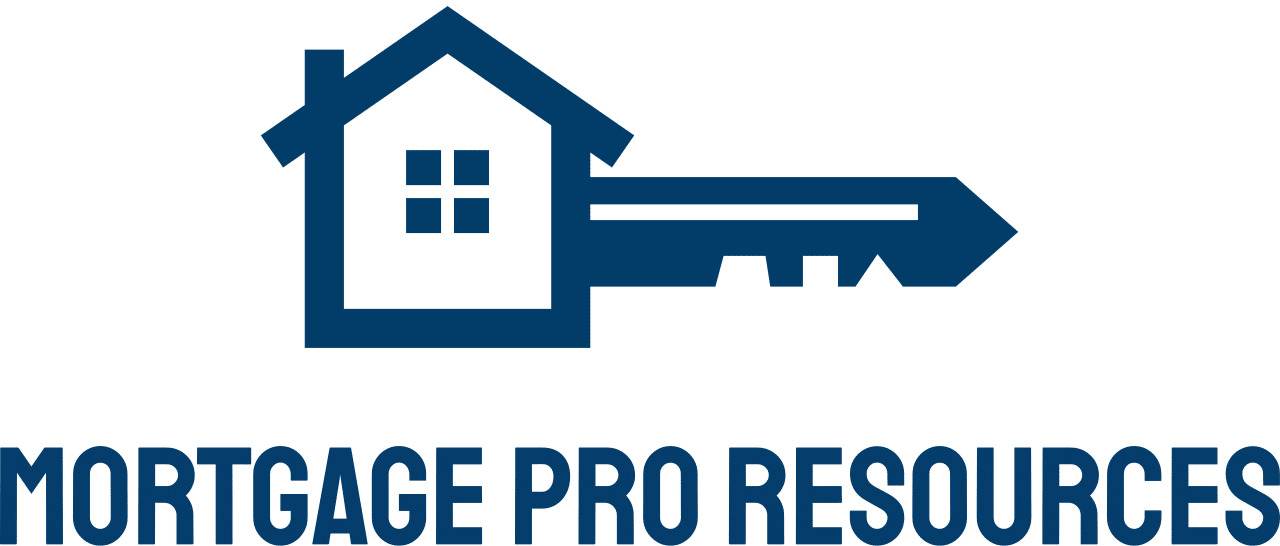Atlanta, with its strong labor market and job growth, was rated the best place to live in the U.S. by Money magazine in September 2022. It is named the top housing market to watch in 2023 by the National Association of Realtors due to its low housing prices and rapid population growth.
There is more to the story than this. Taking a deep dive into housing, race and development in metropolitan Atlanta, Dan Immergluck’s new book “Red Hot City” explores the last three decades. There is evidently a racialized version of gentrification here, excluding predominantly Black, low-income residents from participating in the city’s growth.
Atlanta BeltLine is one of the key drivers behind this division, a 22-mile (35-kilometer) path built on a former railway corridor that connects apartments, restaurants, and retail stores to Atlanta’s core. It is true that the BeltLine was designed to improve the quality of life of Atlantans, however, it has pushed low-income households to suburbs with fewer services than the city center.
The BeltLine has become a prime example of what urban scholars call “green gentrification” – the process of increasing housing prices and pushing out working-class residents by restoring degraded urban areas with green features. Lower-income neighborhoods can be transformed into concentrated areas of affluence and displacement if cities aren’t prepared for these effects.
Housing affordability is a major issue in the U.S. at the moment. It has been impacted by many factors, but as an urban studies scholar, Immergluck believes that Atlanta’s experience should be learned from. For him, one of the most important takeaways is to make affordable housing a front-loading priority during redevelopment.
The goal is to set aside and bank nearby land as early as possible for affordable housing later on. Property tax increases should also be limited to low-income homeowners and property owners who agreed to keep a significant portion of their rental units affordable. In exchange for keeping rent affordable, they might offer low-cost, long-term financing to existing lower-cost rental properties.
Several large-scale urban redevelopment projects are making serious efforts to anticipate and mitigate gentrification and displacement, including the 11th Street Bridge Park in Washington. Immergluck hopes that before undertaking “transformative” projects more cities will follow the lead.

